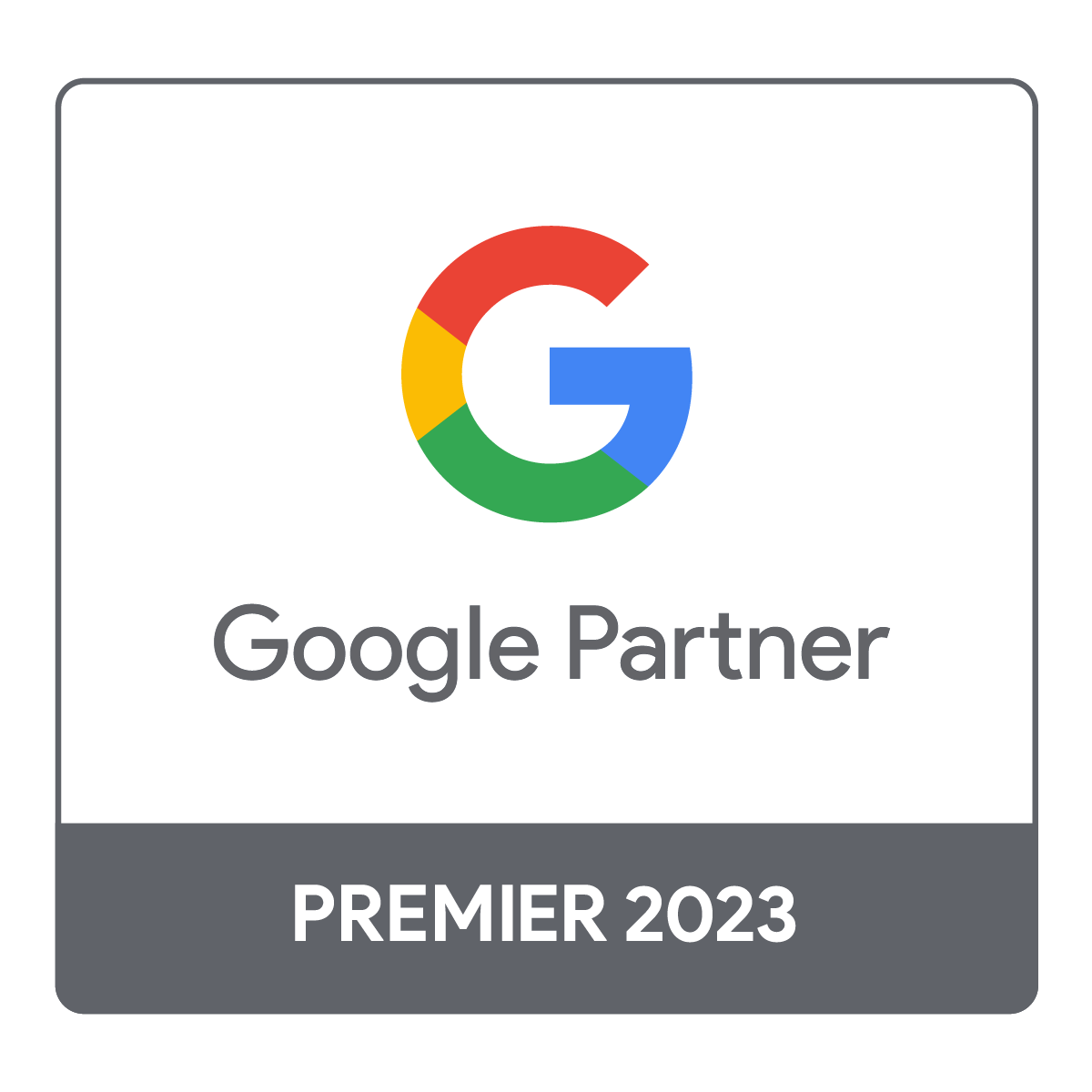If you are ready to create your NFT launch strategy, then it probably means that you are getting pretty excited.
I’m sure you’ve been reading all the headlines…
Gary Vee made 90 million USD from his first NFT launch.
A single Bored Ape NFT sold for 2.3 million USD.
World of Women generated 40 million USD in 2 weeks.
The list goes on and on.
But while there have been a ton of super-successful NFT launches, it’s important to understand that these are the exceptions to the rule.
The truth is that the large majority of NFT projects get little to no attention, and many of them completely fail.
So what do you need to make sure that your NFT project blows up?
It’s pretty simple – you need a solid NFT launch strategy.
In this epic guide, we’ll break down how to set up your NFT launch strategy the right way. We’ll give you a step-by-step checklist for creating an NFT project that is designed for quick growth and long-term sustainability.
By the end of this guide, you’ll feel like your NFT project is strapped to a rocketship that is headed straight to the moon.
Table of contents
- Why create an NFT launch strategy?
- Question #1 – What are your goals?
- Question #2 – What type of NFT project will it be?
- Question #3 – Who is your target audience?
- Question #4 – Who will handle the artwork?
- Question #5 – What is the story of your NFT?
- Question #6 – What is the value of your NFT?
- Question #7 – What is my project’s roadmap?
- Question #8 – Who will be my technology partner?
- Question #9 – What are your prices?
- Question #10 – How will you create awareness?
- Closing thoughts on your NFT launch strategy
Why create an NFT launch strategy?
“Give me six hours to chop down a tree, and I will spend the first four sharpening the ax.”
Abraham ‘I would have loved NFTs’ Lincoln
This quote by Honest Abe perfectly embodies why an NFT strategy is so important.
Why?
Because you need to think of your NFT strategy like a business plan.
Sure, you can cross your fingers, hold your breath, and go straight to market with your project.
But by doing that, your chances of success are basically zero – ESPECIALLY if you don’t already have an engaged audience to call upon.
That’s why the world’s best NFT projects have a well-thought-out battle plan.
Here are 10 CRUCIAL questions to ask yourself for your NFT launch. Once you answer these 10 questions, you will have a solid strategy for your NFT launch. Then you can focus on making the actual NFT.
Question #1 – What are your goals?
This seems like a fairly obvious place to start, but unfortunately, it’s a question that many NFT projects don’t ask themselves.
OR! If they do ask themselves this question, they answer by saying ‘to make money’.
Which is a terrible goal.
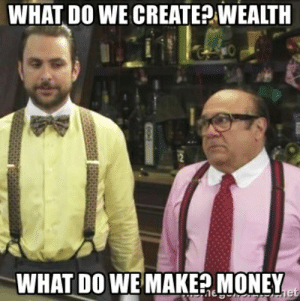
Don’t get me wrong, making money is definitely the ultimate goal, but it’s just the end result of having a great product and, therefore, a great strategy.
To have a successful NFT project, you need to have a clearly defined goal that you are looking to achieve from a business and growth perspective.
Here are some goals that can create long-term success with your NFT launch:
- Build upon your existing community
- Increase awareness of your artwork
- Introduce the world to a new concept or technology
- Build a community around a shared belief
- Create a private community of like-minded people
- Give access to something exclusive
If you are an artist or creator, your goal will likely be to increase exposure to your art.
If you are a business, then your goal should be more along the lines to build a community.
Regardless, you need to create a thoughtful goal for your project – it will then set the tone for everything else that needs to happen.
Question #2 – What type of NFT project will it be?
NFTs come in all different shapes and sizes.
Will yours be a profile picture NFT project? (Like Crypto Punks).
Will it be a collectible project? (Like VeeFriends).
Will it provide special access to events? (Like BAYC).
Will it be an art auction? (Like Beeple).
By determining the type of NFT project you will launch, you will then move to the next question…
Question #3 – Who is your target audience?
Another topic that might seem simple but is often overlooked is nailing down your target audience.
You’ll want to establish your core demographics, mainly…
- Gender
- Age
- Income
- Marital Status
- Occupation/Industry
- Educational Level
From there, you’ll want to determine your audience’s psychographics, which includes…
- Interests
- Hobbies
- Regular activities
- Behaviors
After that, it’s time to create a buyer persona. Doing this will help you gain a deeper understanding of your target audience so you can tailor your content, messaging, and services to better serve your customers.
While some businesses have dozens of buyer personas, it’s usually enough to start with one or two. Here’s a great article from Hubspot on how to make a killer buyer persona.
Question #4 – Who will handle the artwork?
If you are the artist or creator yourself, then you can skip to the next question.
If you are not an artist or creator, then it’s time to hire some talent.
When you are looking for an artist, it’s best to have a solid idea of what type of art that you are looking for, and to make sure that the artist you pick has experience creating digital images in that style.
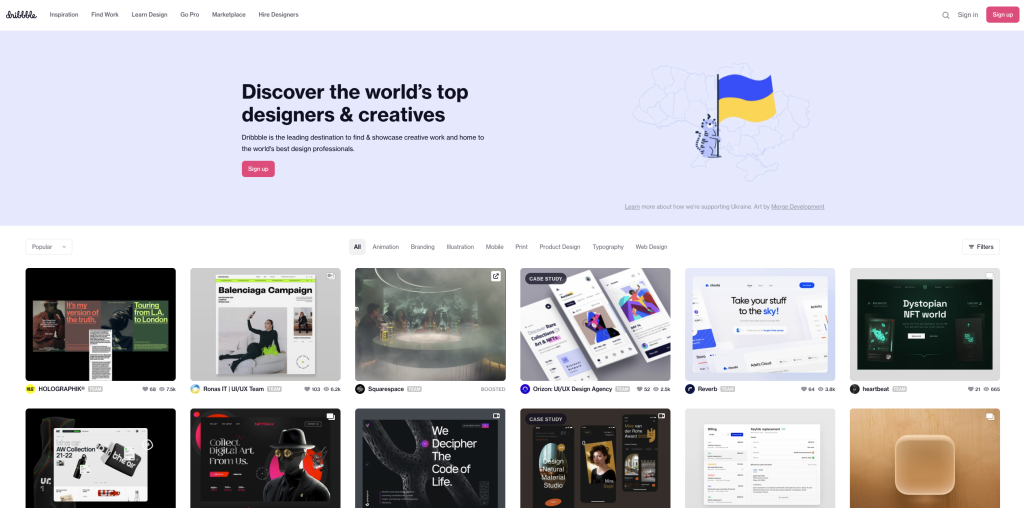
There are some great marketplaces to find digital artists. Dribbble is often considered the go-to in the NFT world, but you can also find super high-quality designers with NFT experience on platforms like Behance and Fiverr.
Another great option? Twitter!
Yes, Twitter is more than just an intimate diary of Elon Musk’s daily feelings – it actually can be a fantastic search engine for all sorts of talent.
Simply search for ‘NFT artist’ in the Twitter search bar – there are literally thousands of people with this in the profile – and start scrolling to find one that fits your style.
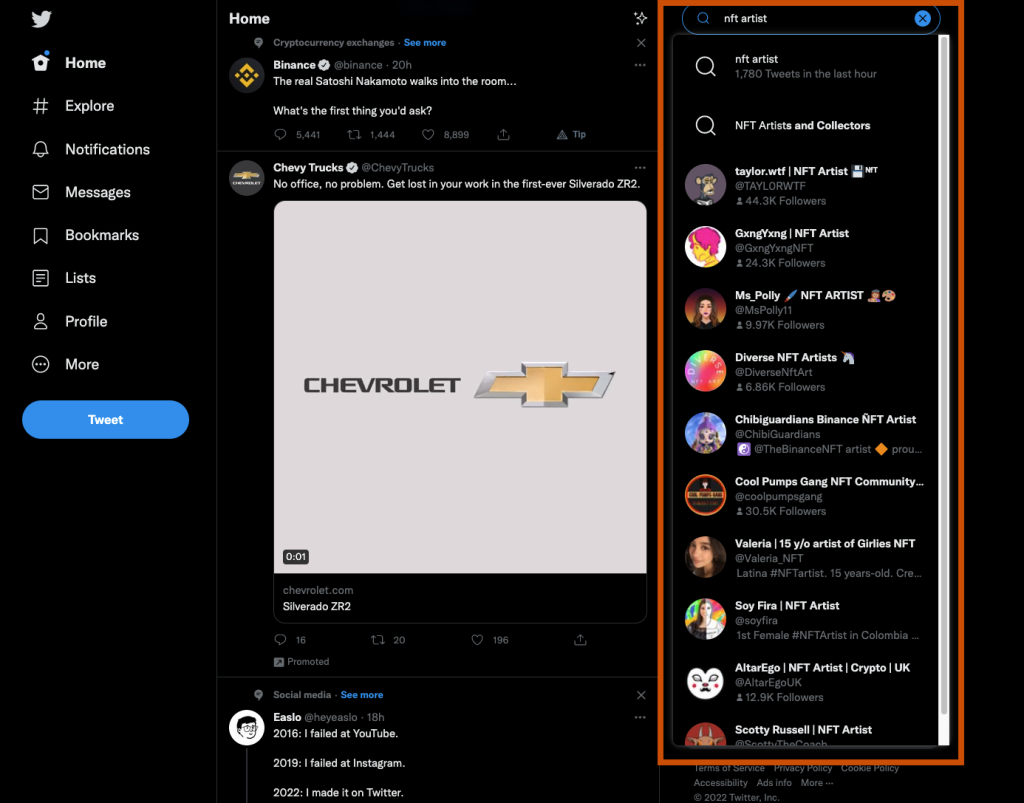
Finally, you can try to reach out to artists that have helped create the NFT projects that you like, or that are popular in your industry. If the artist is doxxed, then you will easily be able to locate their social media information from their official NFT website.
Question #5 – What is the story of your NFT?
Storytelling is what turns your lifeless product into a living and breathing organism. And it’s also what separates some of the best NFT projects from some of the worst ones.
So ask yourself… What is the story of your NFT?
A common storytelling strategy is to create an entire fictional backstory for the characters in your collection. Where they came from, what they believe in, where they are going next, etc.
Creating a fictional story isn’t a requirement though – instead, you can create a simple story that explains the position of your brand.
What does your brand believe in? What difficulties does your audience need help overcoming? How does your brand help to bridge that gap? Where is your brand headed next?
By telling your NFT’s story, you’ll be able to communicate more clearly with your audience and create an emotional connection with them.
Question #6 – What is the value of your NFT?
‘Value’ is both an ambiguous and subjective term, but when it comes to NFTs, there are a few things you need to know about value as a whole.
Mainly that the value of NFTs is often defined by their utility.
‘Utility’ is all the rage right now, and credit can be given to Bored Apes for getting the utility-train rolling.
Bored Apes saw their NFTs as more than digital collectibles – they saw them as a means of exclusivity. They have a private group on discord, host events, and throw private parties all around the world, all of which are only accessible to people who have an authentic ape in their wallet.
No ape = no access.
Since the launch of BAYC, other projects have innovated the concept of utility. Here are some examples of utility from some NFT projects across the globe…
- CyberKongz owners get passive income through staking
- VeeFriends owners get access to VeeCon
- Fractal airdropped new NFTs to their genesis holders, which gave them access to exclusive content and secret levels in their video game
- Coinleague is an NFT sports gambling platform that gives NFT holders a share of the revenue
- Restaurant Flyfish club gives NFT holders access to a private dining club and other culinary experiences
- Eternal Royals allows NFT holders to get a free 1 of 1 print of their NFT
Simply put, the more utility your NFT can offer, the more value it creates, and the more demand there will be.
It should also be noted that this doesn’t mean that NFTs with zero utility can’t be successful. Crypto Punks are ultimately just digital collector’s items, and Beeple sells digital art – neither have any real utility.
But we are seeing a trend in NFTs that the more value/utility that you offer, the more likely that your project will be successful.
Question #7 – What is my project’s roadmap?
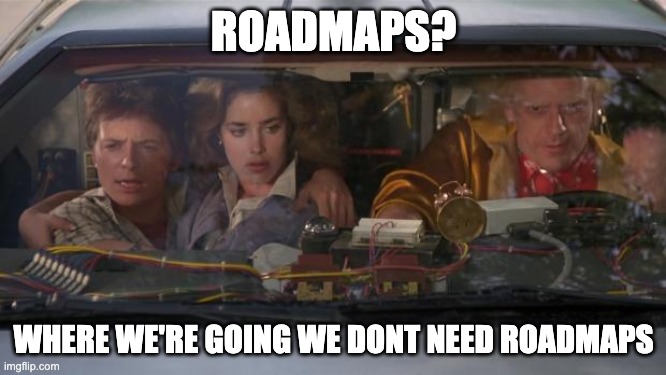
Similar to having utility for your NFT, having a roadmap isn’t necessary, but it will give your project a lot more hype.
Why?
Because a roadmap shows vision. It shows long-term interest in the community. It means that your NFT is more than a one-off sale – it’s a project that aims to give back to the community and therefore is more likely to stick around, and therefore more likely to grow in value.
Bored Apes were one of the first to implement a roadmap. Their map is a bit vague (to be honest, most roadmaps in the NFT-world are) but you can see how having one helps to generate more intrigue in the project.
Below you can see some more examples of road maps from various NFT projects.
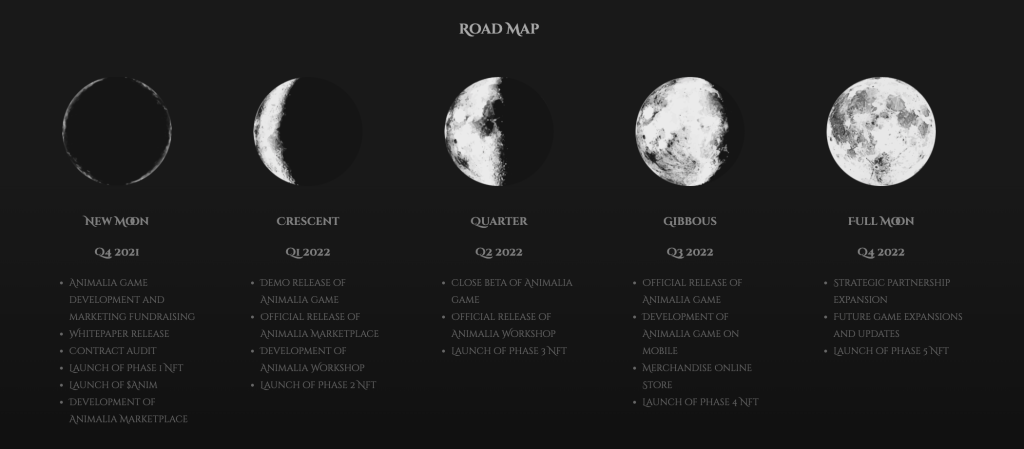
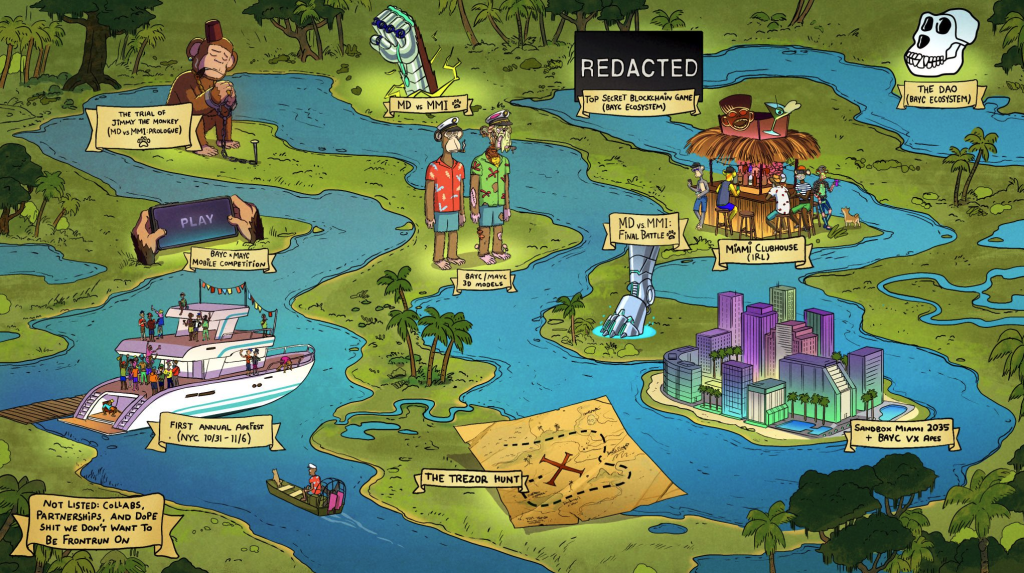
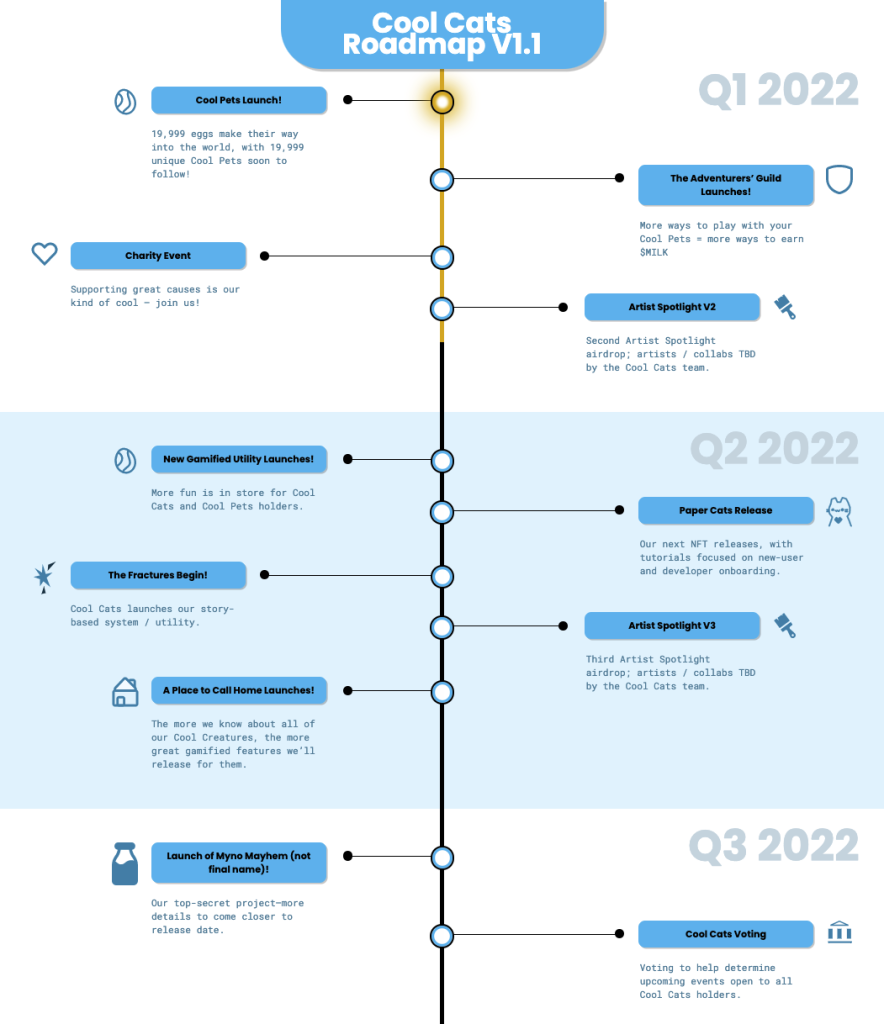
Question #8 – Who will be my technology partner?
So you’ve got a great idea, found a talented artist, and have established solid utility and a visionary roadmap for your project. Now it’s time to hire someone to execute your entire plan via some good old-fashioned hard coding.
But heed this advice….
Finding a solid NFT developer is possibly the most important aspect of your entire strategy. The last thing you need to happen is for your launch to crash, or for your smart contract not to execute itself correctly, right?
To find a great developer who is right for your budget, we recommend checking out platforms like Toptal, Fiverr, and Guru.
Question #9 – What are your prices?
Another crucial aspect of your NFT launch strategy is your pricing.
NFTs can launch at a variety of prices. Some can go for as cheap as a couple of bucks. Some cost a couple of ETH a piece (aka thousands of USD).
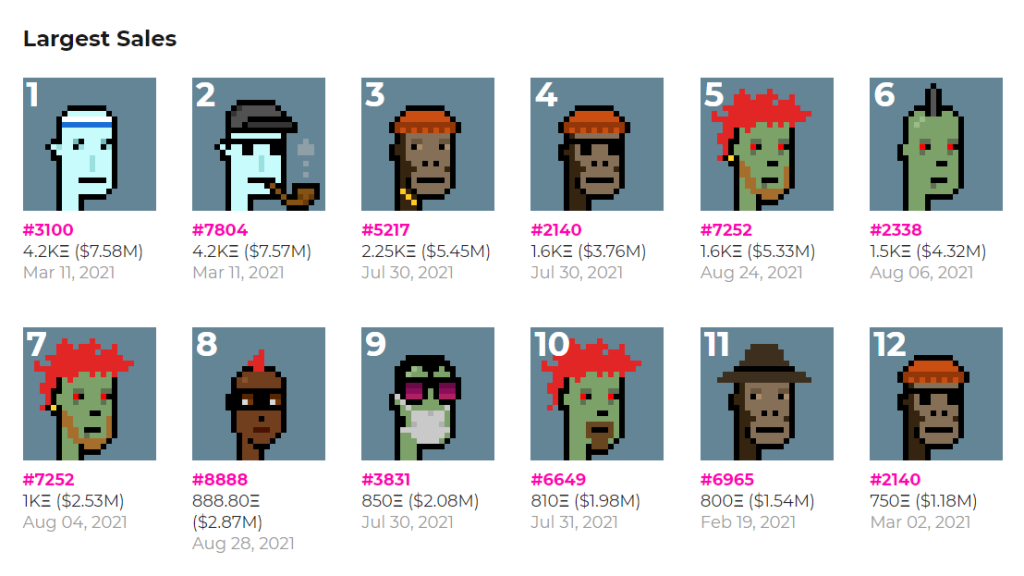
To decide your price point, we recommend evaluating other projects in your niche. How much do those projects charge?
You should also consider the amount of value that you are giving. More real-life value (like access to a conference or event) means that you can rationalize charging higher prices.
Another important aspect of your pricing to consider is your commission on the secondary market. For example, if your NFT is bought and then resold on OpenSea, will you get a cut of that?
Nowadays, it’s pretty standard for NFTs to get some sort of commission on secondary sales, but doing so might also discourage buyers. If you do include a commission, the industry standard is usually around 5-10%.
Question #10 – How will you create awareness?
Now that we’ve covered everything necessary to actually launch your NFT project, it’s time to dive into an entirely new universe – how will you grow your NFT project?
Because, yes, while some projects (like BAYC and Crypto Punks) grew 100% organically, the truth is that those projects had impeccable timing. Their launches coincided with the initial wave of NFT-mania, and they were able to ride that wave all the way to the bank.
Nowadays, selling out of your NFT requires a holistic marketing strategy in both Web2 and Web3. This includes…
- SEO
- Google ads
- Facebook ads
- Instagram ads
- Reddit marketing
- Quora marketing
- Discord marketing
- Community management
- Influencer marketing
- And so much more
If you want to take your NFT to the moon but don’t have the time to handle marketing yourself, the best way to explode your growth is by hiring an experienced agency to do all the heavy lifting.
Here at First Page, we are helping brands like yours bridge the gap between Web2 and Web3. With over 10 years marketing experience around the globe, we have the talent and technology to explode your project’s growth.
To learn more about how we can take your NFT project to the top of your niche, be sure to reach out to a digital strategist today.
We’ll cover a detailed marketing strategy for your NFT launch in next week’s blog – be sure to keep an eye out!
Closing thoughts on your NFT launch strategy
Like all things in the world of business, the better prepared you are for your launch, and the more resources at your disposal, the more likely your NFT project will be a raging success.
By following the steps in this blueprint, you’ll be able to set up an NFT project that provides real value, and therefore sustainability in the short and long term.
Is there anything that we missed in this guide? Please let us know your comments or questions below!

